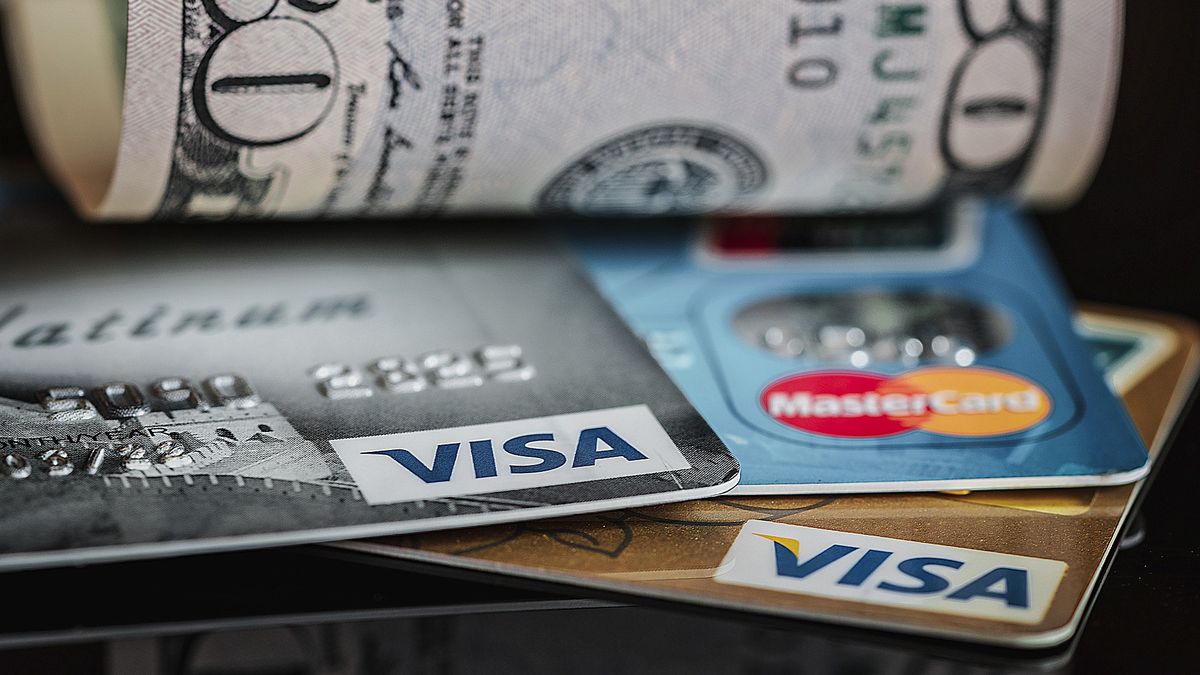Just 17 days after the change of government, this Thursday an increase in perceptions that modified the price of “dollar card and savings“. This measure impacts expenses made through credit and debit cards in transactions abroad, so it is important to highlight the keys and impact of the measure, which comes at a time when to the Central Bank (BCRA) it is difficult to strengthen reserves, despite the fact that it comes with a streak of 22 purchasing wheels, which, according to the latest official data available, are in US$21,535 million (total).
Dollar Card: how it looks
Thus, this Thursday, the Federal Public Revenue Agency (AFIP) introduced modifications in the regime of perceptions applied as advance taxes on Income and Personal Assets. Specifically, new rates are established for transactions in foreign currency. In this sense, the perception of 45% in Profits rises to 100%while that of Personal Assets remains at 25%.
It is worth remembering that, until this Wednesday, they stood at an average of $748.60 now, it rises to $956.22 ($207.46), very close to the value of financial dollars.
- $374 corresponding to the value of the official dollar
- $111.60 for the COUNTRY Tax (30%)
- $372 for advance receipt of Income Tax (100%)
- $93 for advance receipt of Personal Property (25%)
Dollar Card: what services does it cover?
Sebastian Manescaldieconomist at EcoGo, explains to Ambit that the rise in the “card dollar” is aimed at reducing the impact of advance purchases of services and imports with payments abroad. As he maintains, the current exchange rate is lagging, which added to the uncertainty about “how will it behave from December“, it would seem that that was the motivation for the measure.
And he adds that, “it is not only about containing the outflow of payments for services and tourism, such as tickets and purchases abroad,” but rather about counteracting the trend. accentuated towards these operations due to the exchange delay we are experiencing.
Thus, each Argentine citizen will face a total of 155% in tax burdens when carrying out transactions in the foreign exchange market using your card, particularly in purchases of goods and services abroad related to tourist expenses such as tickets and flights, to subscriptions to platforms such as Netflix and Spotifyamong other.
Dollar and reserves: the key to the BCRA
Even with the launch of exporting dollar, The Government has problems accumulating reserves. It should be noted, in this context, that for the second consecutive time, this Wednesday, the volumes operated in the official square have been considerably lowshowing little activity.
In accordance with Gustavo Quintana, from PR Operadores de Cambio, the volume operated this Wednesday in the cash segment was US$152,349 million, in MAE futures US$0.55 million and in the Rofex US$291 million. A very low volume for Central, which bought US$25 million this Thursday, November 23. Thus, it accumulated 22 consecutive days without sales and boasts a positive balance of US$1,051 million.
The economist Elena Alonsoconsulted by this means, considers that the increase in exchange rates is part of the Government’s attempt for putting a stop to the drain of foreign currency and prevent the flight of BCRA reserves. Something that raises doubts is whether the situation will continue like this after December 10, when he assumes the presidency. Javier Milei.
Alonso warns that it will decrease a little demand for goods and services abroad “until we see how the economic situation continues after December 10 (the day Milei takes office), since people’s purchasing power in dollars is going to decrease, something that could serve as a tourniquet to the outflow of foreign currency from the Central Bank.
bcra.jpg
The BCRA buys dollars in the official market to add to reserves.
Ignacio Petunchi
In this regard, the financial analyst, Andrés Reschini, warns that, after the escalation of financial exchange rates, “which remained around $1,000”, the card dollar was relegated. This could encourage a greater outflow of foreign currency through purchases abroad with plastic, which would aggravate the Central Bank’s balance sheet. The analyst believes that, at least, they are trying not to further harm the accounts with sales in Single and Free Exchange Market (MULC), where no operations have been recorded since the first electoral round.
For Reschini, it does not seem that this measure is intended “more than just preventing the currency situation from worsening in the few days left“. Since, it is a measure intended to contain the impact and avoid “a significant deepening“of the exchange problem.
Late Dollar, Online Shopping and Unnecessary Spending
Joel Lupierifrom the consulting firm EPyCA, explains that, at first glance, it seems to be a temporary solution for “protect the scarce reserves of the Central Bank“Something that the analyst finds could have a “marginal” impact on the outflow of foreign currency destined for tourism and purchases abroad,” since the current management lacks strong incentives to keep the accounts in order and a type of competitive official change.
For Lupieri, the main effect of the rise in the card dollar should be to “discourage online purchases and unnecessary expenses,” which benefited from the difference between the official dollar and exchange rates in the stock market. However, the analyst warns that it does not seem that it will have many more consequences than those, since his ability to generate significant change is limited.
Source: Ambito
I am a 24-year-old writer and journalist who has been working in the news industry for the past two years. I write primarily about market news, so if you’re looking for insights into what’s going on in the stock market or economic indicators, you’ve come to the right place. I also dabble in writing articles on lifestyle trends and pop culture news.




